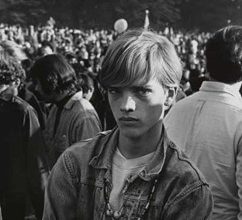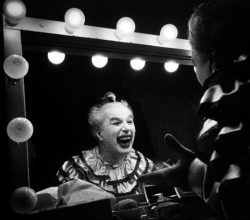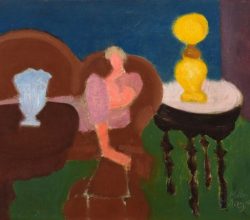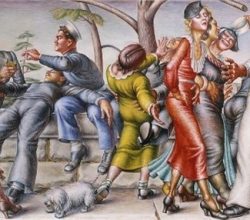
William Gedney’s Timelessly Intimate Photographs of San Francisco in the 1960s
Rebecca Bengal | Aperture | 29th June 2021
Gedney didn’t lack for recognition in his day – prestigious fellowships, a solo show at New York’s MoMA, admiring friends – yet his photography is now little known. Perhaps a lack of self-promotion explains why he didn’t publish any of the photo books he had put together. Now they are being published, what do they show? “Many of his photos are a hymn to an age he knows to be transient, full of ambiguities, freighted with a fascinating immaturity”.



